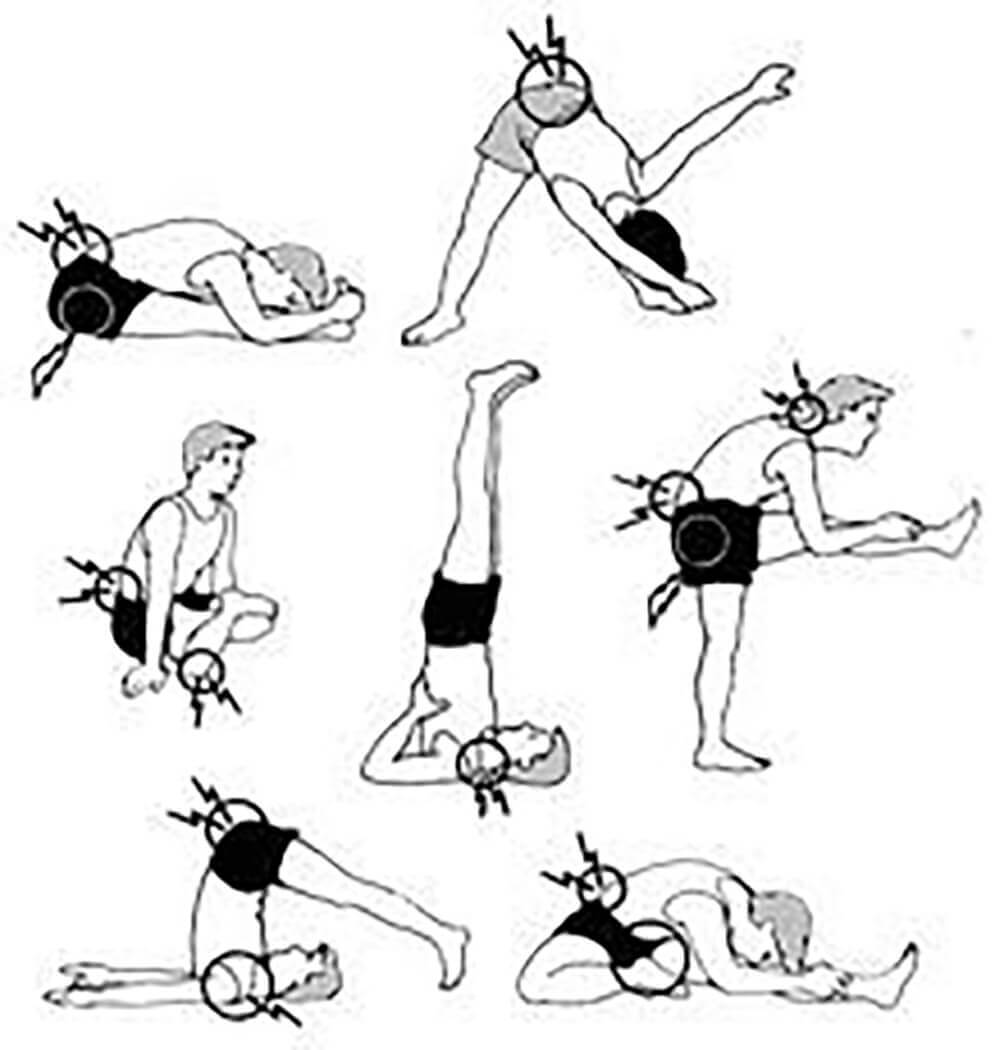
Stretching for dancers - how much is enough?
September 16th, 2015,
kathryn Chao,
0 Comments
As dancers, they all know they need to stretch. My 8yr old daughter who is a dancer knows very well she needs to do her stretching exercises before she commences her rehearsals or performances.
Through my research on this topic, many dancers suffer from old injuries sustained by over stretching, repeated extensions and excessively mobile and unstable joints from early training. The recovery process can be slow and painful, having to go through rehabilitation and this means taking some time out from dancing. Dancers who push themselves to stretch are forced into positions resulting in traumatic damage to the tissues that previously restricted range.
What are the danger signs of stretching too much?
A. If joint, such as the hip, is pushed past its normal range of motion there is a risk of damaging the surrounding tissues, this includes, the ligaments that surround the joint or in the case of the spine, the discs that give the dancers the capacity for spinal mobility. In young dancers whose bones are not fully developed there is also a serious risk of damaging the shape of the hip socket, or developing spinal stress. Long term, over-stretched joints carry a higher risk of developing arthritic changes due to the wear and tear on the cartilage.
Dancers should NOT feel:
- Pain in the joint.
- Like the joint needs to ‘crack’
- A strong ‘line’ of pull (often this is a nerve).
- Pain in another area (i.e. pulling in the calf when you are trying to stretch your hamstrings).
- Pain on the opposite side of the joint (i.e.in the back of the hip during second splits – this will not get better with more pressure)
- Compression pain (ie. in the front of the hip when pulling the knees to the chest).
- There should not be pain the next day (no – not even a “good sore”).
Dancers must also be very careful of the timing of our flexibility work. Even careful sustained stretches should not be done before class as if a muscle is held in a static stretch for longer than 30 seconds, then it will not work at its full capacity for at least half an hour afterward.
C. Excessive mobility in any joint requires more fine, co-ordinated control of the stabilising muscles around it and will require a huge amount of dedication to ‘rehab’ style exercises to remain pain free. It is essential that dancers have good postural control and endurance, and spend time keeping each joint healthy to avoid the pain associated with excessive mobility and joint degeneration. Without this strength and articulation, individuals are often plagued with long term back and hip pain that can be very hard to treat due to the instability of the joints.
Of course, there are many danger signs of stretching too much. It is extremely crucial for dancers to be aware of the abovementioned possible dangers that exist, and to learn about the safest possible ways to eliminate overstretching in order for them to achieve their long term goals.


Leave your comment